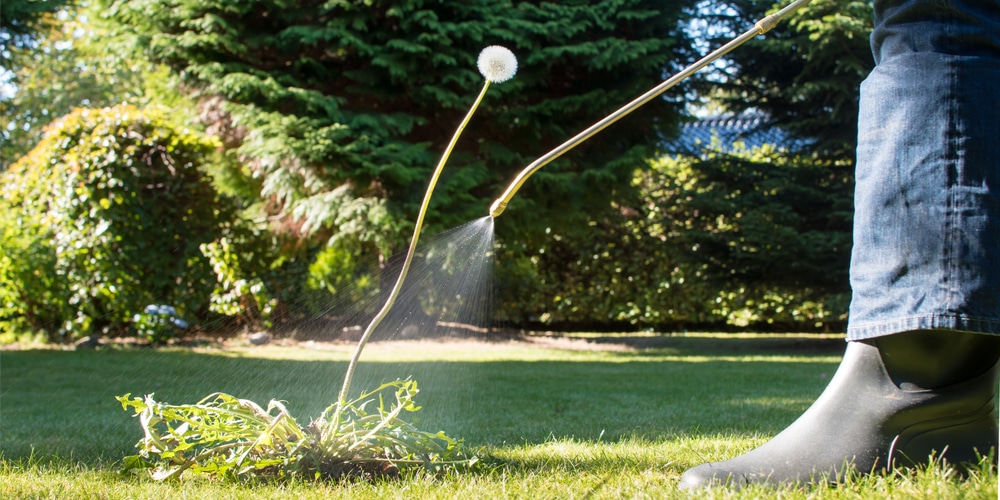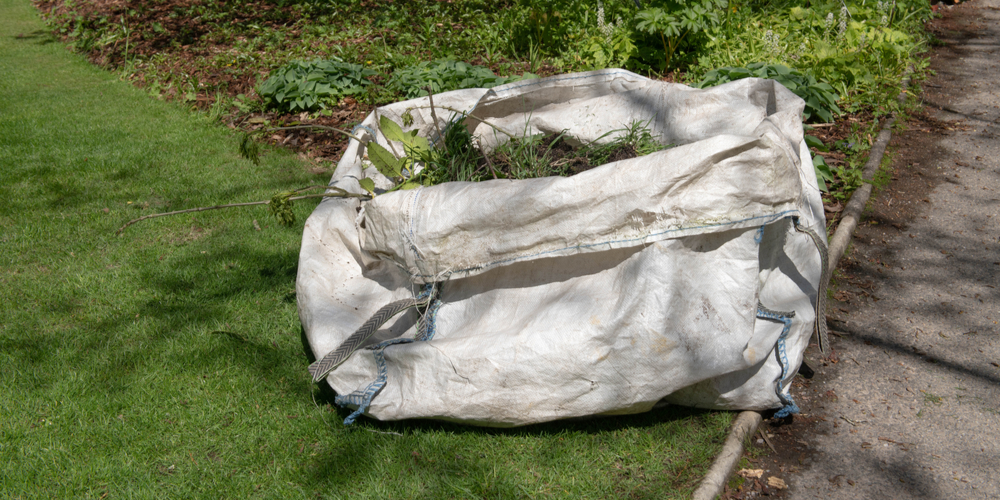Weeds are a nuisance to both your garden and lawn. They use nutrients and moisture that your turf would have otherwise used. In the long run, your garden will become less attractive. There may be many ways to kill weeds, yet it’s always difficult to outdo them completely, especially if they have already flowered. While you can spray them, pull them, and even mow them, spreading always seems to be more convenient.
It is somewhat challenging to deal with sprayed dead weeds, especially if they have just flowered. They need to be carefully uprooted, burned using a controlled flame, or safely stored in bags for disposal.
That’s not all. There could be seeds at play, and a lack of proper handling or leaving them to rot in your lawn is a recipe for new growth. And to some extent, the dead weeds can decompose to provide the seedling with more nutrients. For proper handling of weeds killed, read on for further directions.
What to do with dead leaves after spraying

Bag up and dispose of toxic weeds
If you have just sprayed poisonous weeds, you have to be careful about what you will do with them once they are dead. Note that they are going to remain toxic until they are completely decomposed.
No attempt to burn them will make the air toxic. Nor can you compost them. Therefore, it would be best if you just bag them up and get them to the garbage disposal stations.
Uprooting
After spraying, you can pull the dead weeds off the ground. However, they need not be uprooted in handfuls. Doing so causes the weeds to divide, leaving the roots in the soil. Given that the weeds were still succulent, they may have sprouted.
The upside of uprooting or digging out dead weeds is that you get to pull the entire weed out of the ground. This guarantees that there won’t be any chances of new growth in the same spot. Additionally, uprooting ensures that damage to the existing vegetation is controlled.
Lastly, whether you are going to use your hands or a hoe to disengage the dead weeds from the ground, you have to do so after the rain. It’s the only way to face fewer difficulties since the soil has been softened.
What to do with dead leaves after spraying: Scorching
Spraying weeds does not guarantee total dryness, but you do not need to respray the weeds. Besides, if you do not wish to use harsh chemicals that may destroy your plants, you may want to consider using a propane torch. The advantage of scorching dead weeds is that there will be no chances of seed dispersal, and ashes don’t decompose to become organic nutrients.
However, the torch needs to be carefully used. You may use it on sidewalks, driveways, and rocky paths. Carry the propane torch to the dead weeds you intend to burn. The pressure valve on the tank should not face you when you fill it.
Use a lighter to light the torch and hold it 6 to 12 inches above the sprayed dead weeds. As you move the torch sideways on the targeted weed, it starts to wilt. Remember, you should focus on the stem bases but not allow them to catch fire if you want to avoid regrowth. The process should be repeated over and over until all the dead weeds are scorched.
Is it wise if I leave sprayed dead leaves on the rocks?
It’s not wise to leave dead weeds on the rock surfaces. In general, weeds can disperse their seeds by either wind or physical agents, regardless of where they are. The seeds can still move to your garden or lawn for rocky surfaces.
Before getting rid of them, you must ensure they are stone dead and not dormant. If they resist being pulled out, spray them again, specifically on the roots. Once they are dead, you can use a rake or a long-handled weeder to gather them in one place. You can either bag them or scorch them. Lastly, do not forget to apply the pre-emergent in the areas where you pulled the weeds. This will prevent future regrowth.
What to do with dead leaves after spraying: Conclusion
Okay, ladies and gentlemen, what to do with dead weeds depends on the type of weed. Toxic weeds are never to be handled like normal weeds. But for non-toxic weeds, it all comes down to methods that seem convenient. Irrefutably, weed handling is a hard task, but when done correctly, it pays off.
